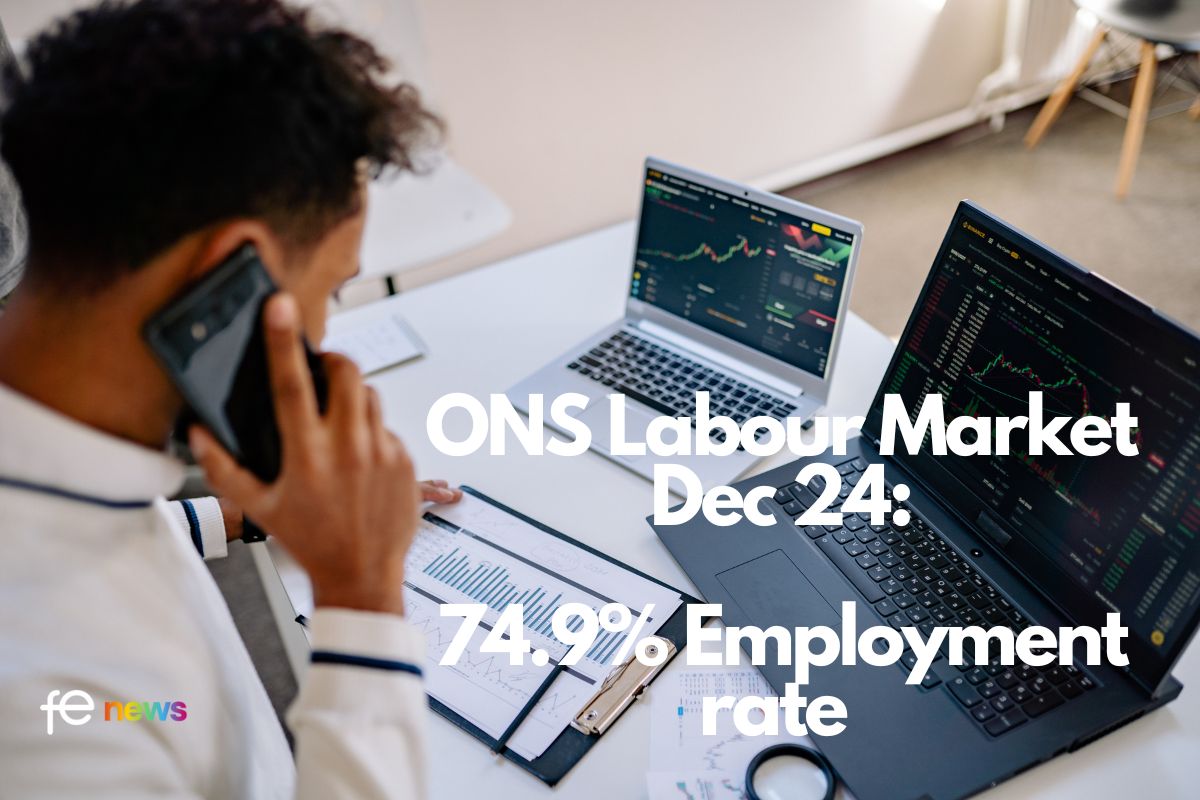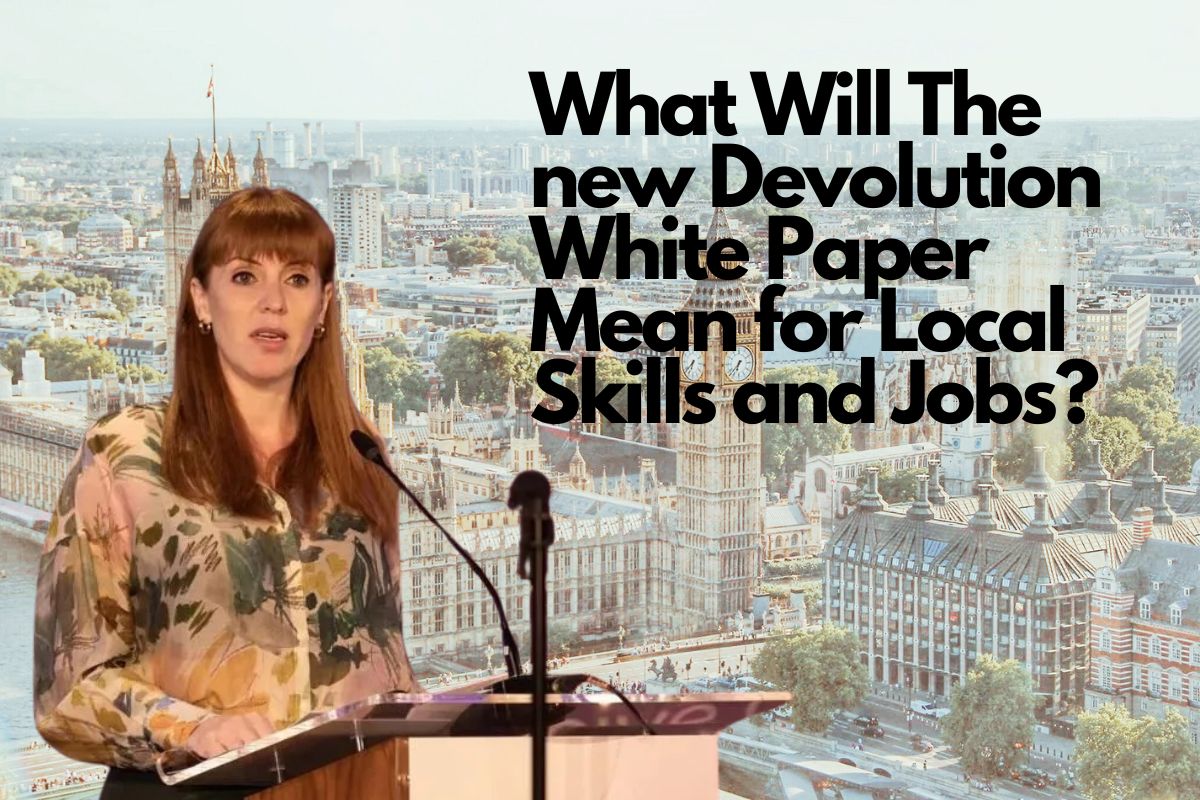The Value Vs Costs Conundrum: The Apprenticeships Programme NAO Report

The NAO has updated its report on Apprenticeships in England.
Overall it’s finding are not dramatic but it’s long term effects are likely to be profound
Some interesting things did emerge – and being the NAO they were mainly about money,
Forecasts can be wrong – but not for long
Government forecasts were for average Apprenticeship costs of £4,500 pp where in reality it has been £9k pp – no wonder rates are being cut across the board.
£4.5k PP is likely to be the long term aim still – and we should all expect the government to keep cutting all but the most precious STEM apprenticeship rates until they hit their ‘forecast’ – civil servants never like to be wrong and they will ‘fix’ things to ensure that their predictions are correct – in the end….
More money is going in than coming out
Total public spending on apprenticeships fell by £70m from 16/17 to 17/18 and so far the Levy is a net gain for the treasury (at least in the short term).
ie the total income from the Levy was greater than total Apprenticeship spend (levy & non-levy) in 17/18 at least.
The NAO clearly links gross Apprenticeship spend to levy income – dispelling any idea of protected SME budgets.
If we want to help more SMEs take on Apprentices it looks like the levy rate will have to increase – even if levy payers are not using the funding – politically unpalatable during Brexit.
The value vs costs conundrum
NAO states that higher level Apprenticeships have a greater impact on wage returns – good
But higher level apprenticeships also have a higher cost and potentially higher levels of deadweight – bad
20% – counting hours again?
Just when the ESFA were becoming more realistic about OTJT measurement the NAO hits them with a ‘failure to measure every min of every apprentice’ – without saying why this is important – just that it is. Hopefully, the response will be proportionate.
And finally what are apprenticeships for?
The twin macro aims of Apprenticeship reform – increasing productivity and increasing employer investment are assessed in this report and have been met in part- but at the cost of higher prices per Apprenticeship.
The NAO calls for greater diversity in Apprenticeships and for take up to more closely represent the school leaver population but has no answers as to how to make this happen (neither does the DFE for that matter.)
Indeed the NAO did not look into the biggest impact on gender, ethnicity and disadvantage in Apprenticeship – which are employment sector and academic level. Failing to assess the impact of the forthcoming ‘end of Frameworks’ on both gender and ethnicity – thus overlooking the biggest change happening in the next 18 months – makes their comments on these issues seem superficial.
Richard Marsh, Apprenticeship Partnership Director, Kaplan Financial











Responses